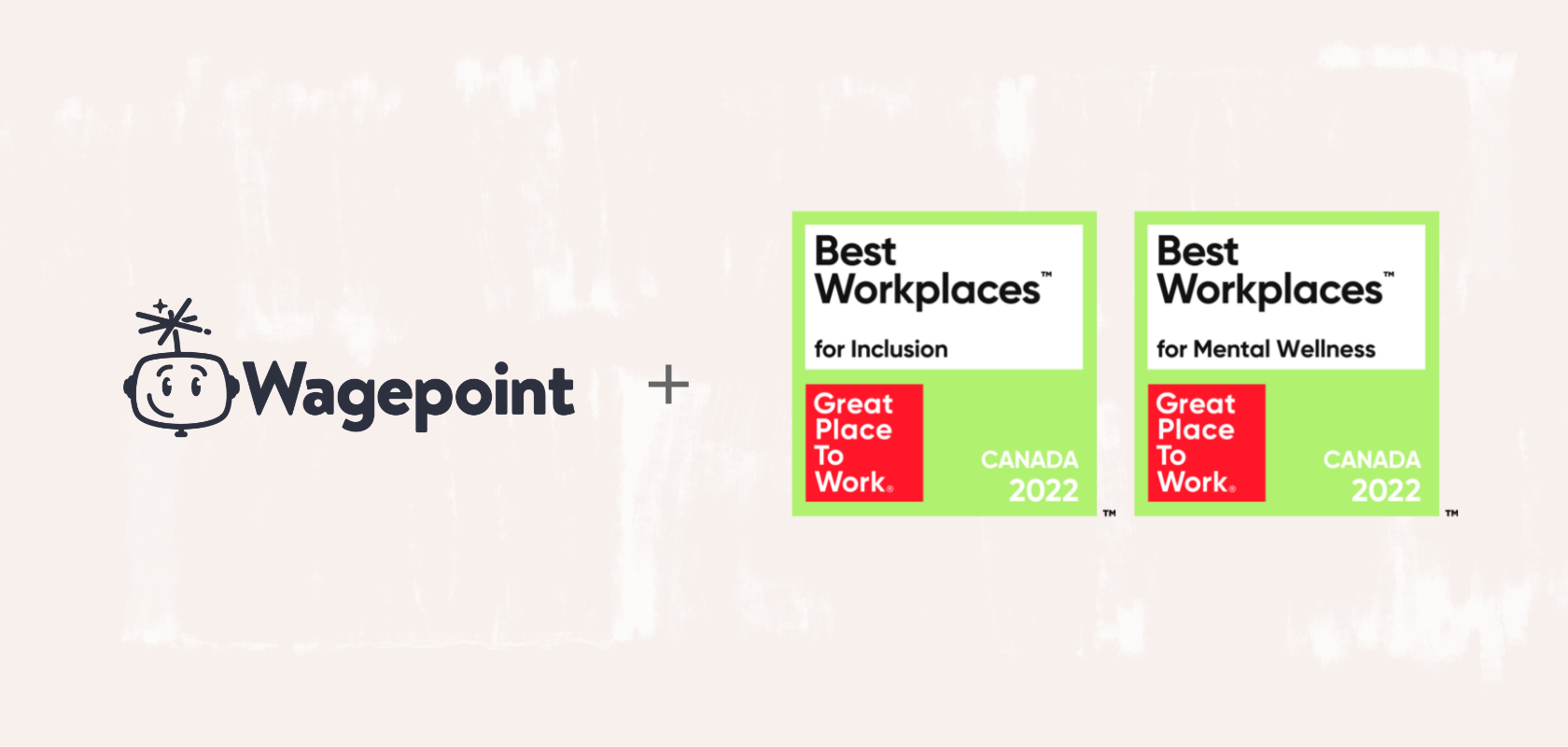Become an insider!
Get our latest payroll and small business articles sent straight to your inbox.
 Larger companies and unicorn startups have ample resources to invest in their employees. From professional development classes and career coaches to flexible schedules and free catered lunches, these businesses go the extra mile to retain and empower employees.
Larger companies and unicorn startups have ample resources to invest in their employees. From professional development classes and career coaches to flexible schedules and free catered lunches, these businesses go the extra mile to retain and empower employees.
While small businesses have considerably less funding for employee development, it’s still an advantageous and necessary endeavor. It helps to create a happier and more dedicated team and reduces turnover among your top performers.
If you’re at a loss for how to begin or intimidated by the potential cost, here are a few way to get started:
1. Be Upfront With Personal and Professional Goals
If your budget is small, employee investment is more about providing your team with flexibility than anything else. With this, comes the acknowledgment that, as the owner of a small business, your professional goals have the potential to be significantly different than theirs.
This means that if you own a coffee shop or clothing boutique, it’s likely that you’ll have employees who are still in college or working to pay the bills while they pursue the career of their dreams. And that’s ok.
Acknowledging this and giving them the flexibility to head to an audition on their lunch break or get in earlier in the day so they can be home with their children in the afternoon, will not only reduce employee stress, it will also increase their loyalty towards your business.
2. Lower the Barriers to Professional Development
All employers want their employees to work faster and more efficiently. On the flip side, most employees want that for themselves as well. This is why professional development is a two-way street.
Often, especially in startups or cash-strapped small businesses, professional development comes secondary to the daily grind. While an employee might love to become a point of sale system power user or master the latest software, often there just aren’t enough hours in the day.
That’s where the responsibility of the employer comes in. If you’re looking to increase the value of your company, your first stop needs to be the water cooler.
Chat with your employees. Find out what they want to learn and how. Find out how much time they are willing to dedicate outside of their regular work hours. If they say none, you need to respect that or be upfront about what you’re looking for in an employee.
In general, professional development should be worked into everyday projects. Employers should respect the boundaries of their employees and help facilitate growth in a manner that is conducive to both parties.

 Related: How to Make Your Employees Feel Valued and Engaged
Related: How to Make Your Employees Feel Valued and Engaged
3. Support and Encourage Networking
Networking is a learned skilled. Learning how to approach a person at a networking or professional event can be intimidating, even if you’re an outgoing person. In the professional world today, networking one of the best ways to advance your career. As an employer, assisting your team in leveraging your network and growing their own should also be seen as part of your responsibilities of being an effective leader and an outstanding boss.
You might be wondering how to accomplish this. You’re already busy running your business and taking on the added responsibility of supporting your employees might sound like a lot. Don’t think of it as what you need to do extra. Instead, think of it as how you can start including your employees in networking opportunities in which you already participate or that are readily available.
This can be anything from connecting with your employees on LinkedIn to recommend new meetups or networking events. Perhaps you frequent trade shows to determine what merchandise you will be selling for the coming season, this is a great time to reward a star employee by inviting them to come along. Introduce them to the process of attending these shows, what they should be looking for and the people they should be seeking to connect with.
 Related: Simple Ways to a Free Lunch & How FoodTech Can Help
Related: Simple Ways to a Free Lunch & How FoodTech Can Help
4. Make Exceptional Work Easier to Accomplish
Investing in your employees can often be as simple as loosening restrictions on where and when work gets done. Just because the typical workday has been drilled into our heads as nine to five, this paradigm doesn’t work for all employees.
The good news is that you’re the boss! It’s up to you to set the standard for a healthy work/life balance. Despite some unpopular opinion, flexibility does (and should) exist. Devote the time and energy to allow your employees the flexibility they need — whether it’s for family, the burden of a lengthy commute or periodic life events that are beyond their control.
If you’re a brick-and-mortar business, this is obviously a little harder to do — regular hours need to be kept and retail businesses don’t run well on the honor system.
But just because you can’t be as flexible, doesn’t mean you can’t offer your employees other perks, such as quarterly happy hours or the flexibility to switch shifts with each other. Scheduling and time-tracking software, such as Deputy, When I Work or TSheets, help automate these function and give employees the freedom to trade shifts using their phones.
5. Acknowledge and Improve Weaknesses
One of the hardest things for any employer to do is to admit their shortcomings and work toward improvement. Though this is obviously easier said than done, one of the most difficult parts of this is for a leader to have the capacity to recognize their faults. Figuring how to fix a problem is one thing, but it first needs to be recognized.
Having an open door policy to facilitate direct communication is a good place to start. Even if you’re not always aware of your business’ shortcomings, letting your employees know that you are open to hearing their feedback is important.
Being serious about improving working conditions and your workplace culture is one of the top ways you can engage your employees. You’ll obviously need to prioritize issues accordingly. But no concern is too great or too small to take on. Seeing the commitment you have to being an excellent boss will go miles toward boosting morale.

6. Get to Know Your Employees
Last, but not least, get to know your team. This might not be a direct way to invest in your employees, but knowing them beyond their professional titles and pay grades will help ensure you are connecting with them in the right ways and at the right times. Depending on your work environment, the degree to which you get to know your employees will vary.
If you’re a tight-knit team of four or five, you’re inherently going to get to know your employees better than if you run a team of 50. Regardless, learn as much as you can about those you work with.
Learn their passions, their goals, and what makes them tick. Having this additional information about who is backing you up on your team will be beneficial for the health of your business. Being aware of interests of different team members will help you assign projects accordingly. It will also ensure that those who tackle new assignments will be motivated and invested in reaching their goals.
Investing in your employees needs to be top of mind in nearly everything you do. While it can seem overwhelming — remember that employee management is a marathon, not a sprint. Incremental changes can go a long way toward improving retention and building engagement. Give it a shot and see how people power can help drive your business.
 This post was provided by the team at ShopKeep — the friendly, intuitive iPad point-of-sale (POS) system for a wide range of retail businesses from cafes to boutiques and everything in between.
This post was provided by the team at ShopKeep — the friendly, intuitive iPad point-of-sale (POS) system for a wide range of retail businesses from cafes to boutiques and everything in between.














